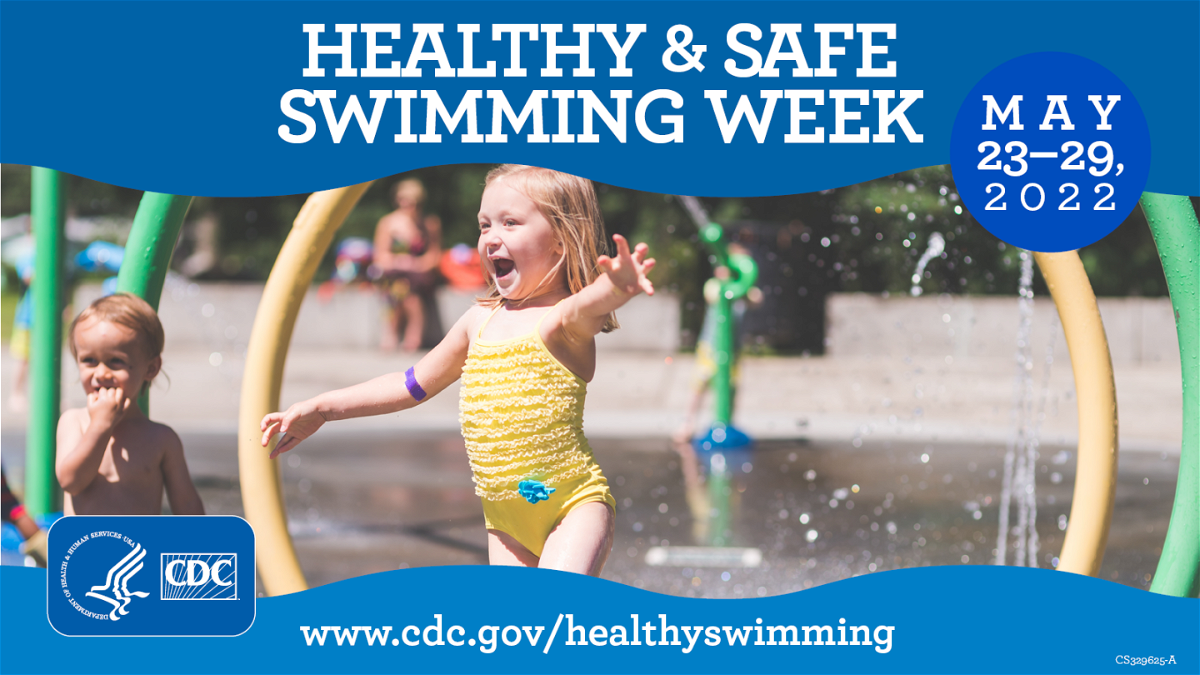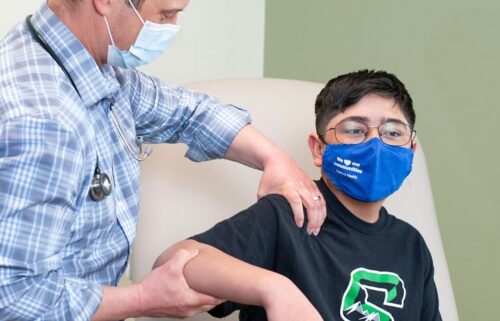Healthy and Safe Swimming Week’s goal to avoid illness and injuries while in the water

STATEWIDE (KRDO) -- The week leading up to Memorial Day is known as Healthy and Safe Swimming Week.
The Colorado Department of Public Health and Environment says this week is meant to maximize the health benefits of swimming while ensuring people know how to avoid illness and injuries.
Below are tips provided by the state on how to stay safe:
Germs in pools, hot tubs, and splash pads
The state says germs in the water can make people sick simply by swallowing contaminated water. While most germs are killed within minutes by chlorine or bromine at the recommended level, the germ Cryptosporidium can still survive in properly treated water for more than seven days.
Do:
- Stay out of the water if you are sick with diarrhea
- Shower before getting in the water
- Take kids on bathroom breaks or check diapers every hour
- Dry ears thoroughly with a towel when you get out of the water
Don't:
- Swallow the water
- Poop or pee in the water
- Sit or stand on the jets at splash pads
According to the Centers for Disease Control and Prevention, this year's theme is "Make a Healthy Splash: Stay Healthy and Safe in Splash Pads."
According to the CDC, the water in some splash pads only passes once through pipes and then drains out, typically, into a sewer system. For others, the water is recirculated, meaning the pipes drain sprayed water into a tank typically underground. From there, the CDC says the water will go through a filter and is disinfected with germ-killing chemicals before it's sprayed again.
The CDC says it's difficult to keep water in splash pads adequately disinfected.
Drowning
According to the CDC, drowning is one of the leading causes of death for children between the ages of one and four. For children between the ages of one and 14, drowning is the second cause of unintentional injury death, second only to motor vehicle crashes.
However, the state wants to remind people that while children are at the highest risk of drowning, anyone can drown.
To stay safe in and around the water:
- Make sure everyone has basic swimming and water safety skills
- Use U.S. Coast Guard-approved life jackets as directed
- Designate a responsible adult to closely and constantly supervise swimmers
- Know how to recognize and respond to a swimmer in distress and how to perform CPR
Keep backyard pools safe:
- Prevent access to water when the pool is not in use
- Install and maintain barriers that fully enclose the pool and separate it from the house, like four-sided fencing
- Use locks/alarms for windows and doors
View the CDC's drowning prevention information here.
Injuries caused by mishandling pool chemicals
The CDC says mishandling pool chemicals can cause serious injuries. Data from the CDC shows chemical injuries lead to about 4,500 emergency room visits every year in the U.S. More than one-third of preventable injuries are in children and teens.
Take the following steps to prevent pool chemical injuries:
- Read and follow all product directions
- Wear safety equipment
- Keep chemicals secure and away from children and pets
Prevent violent, potentially explosive reactions:
- Never mix different pool chemicals
- Pre-dissolve pool chemicals only when directed by the product label
- Add pool chemical to water, never water to pool chemical
For more information, click here.
Toxic algae
In Colorado, algae and cyanobacteria, known as blue-green algae, are natural to water. However, the state reminds residents blue-green algae can overgrow or bloom leading to dangerous situations for people and pets.
Some blooms can produce toxins that can cause skin irritation, coughing, sneezing, diarrhea, stomach pain, fever, headache, and more to people. For pets, it can be deadly.
People are told to avoid water that:
- Smells bad
- Looks discolored
- Has foam, scum, algae mats, or paint-like streaks on the surface
- Has dead fish or other animals washed up on its shore or beach
For more on toxic algae bloom in Colorado, click here.




